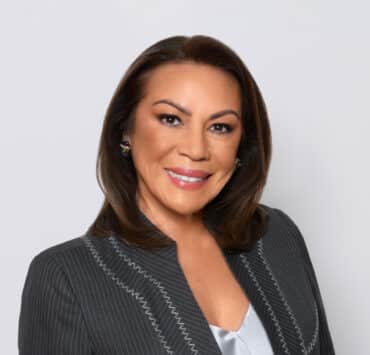|
Getting your Trinity Audio player ready...
|
In the past two decades, we have seen radical shifts in the diversity, equity, and inclusion (DEI) space—companies everywhere have made a concerted push to hire more diverse leaders and work on closing the executive gap. Unfortunately, there is still a lot of work left to do. According to a February 2022 report from the Society for Human Resource Management, less than 4 percent of all senior executive positions in America’s largest corporations are held by Latinos.
Clearly, whatever shifts we’ve been making are not enough to truly impact the leadership demographics of corporate America. But over the past two years—during which time I’ve worked as an executive coach for Latinx and female leaders within Fortune 500 companies—I think I’ve gained insight into what will make a difference.
No matter what level someone is at now or where they aspire to be in five or ten years, the answer is the same: today’s diverse leaders are demanding a modern approach to leadership, one that caters to their values, speaks to their uniqueness, and serves to fuel their lives both inside and outside of the office. One that—rather than focusing simply on “checking the hiring boxes”—fosters an environment where diverse leaders are truly supported and welcomed.
This new leadership is based on four key “shifts” that reflect what today’s leaders truly want out of their personal and professional lives:
- Shift to purpose. Salary, paid time off, and other benefits are of course important considerations for any new role or promotion—but those aren’t the only things people care about. More and more Latinx and female leaders are shifting their focus away from pay and toward what a company represents. Diverse leaders want to work for corporations whose values, beliefs, and missions align with their own. In this sense, pay becomes the “icing on the leadership cake,” and a sense of collective purpose has to be baked into the cake itself.
- Shift to personal development. Many companies are willing to support employees in their efforts to learn and expand their professional skill sets, but diverse leaders are now looking for corporations that are willing to invest in them as human beings rather than just as workers. That investment could look like a lot of different things—mindset classes, wellness programs, and executive coaching opportunities, to name just a few. At the end of the day, diverse leaders want to know that their whole selves will be invested in so they can reach their full potential.
- Shift to being mentored. Latinx and female leaders want to know that their supervisors (and the company’s leadership in general) care about their growth and development. Today’s diverse leaders are actively seeking out corporate environments that embrace collaboration and encourage learning. They’re also looking for companies with flatter hierarchical structures, since those structures will give them the greatest chance to be continually mentored and to be empowered to excel in the next level of their career (whatever that is).
- Shift to life goals. Over the last two years, diverse leaders have had to shift their priorities at home as well as at work. This has caused an awakening: leaders everywhere have realized that the “hustle and grind” mentality that is reflective of many corporate structures is not setting them on the right path to achieve well-balanced lives. Latinx and female leaders are now putting their life goals first: once they’ve established those goals, they look for positions and corporations that align with their vision and position them to powerfully excel in life as well as in their careers.
With these shifts also comes a need for more flexibility, acceptance, and collaboration—all things that our diverse leaders need to thrive in leadership roles. That’s why the leadership question, especially for DEI professionals, talent managers, and employee resource groups, must ultimately evolve from “Who should we hire to build diverse leadership teams?” to “What corporate structures and practices must we create to engage and retain diverse leaders?”
This can be a multilayered and rather complex question to answer. But it is worth the time, the investment in resources, and the necessary shifts in the leadership conversation in order to create truly inclusive environments that can serve as magnets for diversity.
The views expressed in this article are those of the author and do not necessarily reflect the position of Hispanic Executive or Guerrero Media.
Patricia Arboleda is a highly successful certified executive and leadership coach and the founder of Arboleda Coaching, a company that empowers driven women and Latinx to accelerate their success, take their careers to the next level, and break through barriers to build the futures that they want and deserve.
As a Latina woman who has climbed the corporate ladder and served as a senior executive for a Fortune 500 company, Arboleda has an insider’s understanding of what obstacles stand in the way for most female leaders. It is through her innovative individual and group coaching programs that Arboleda generates significant transformations and equips the women she coaches with the skills they need to develop a winning mindset, expand their leadership skills, create more impact, and set themselves apart with real, lasting results.

